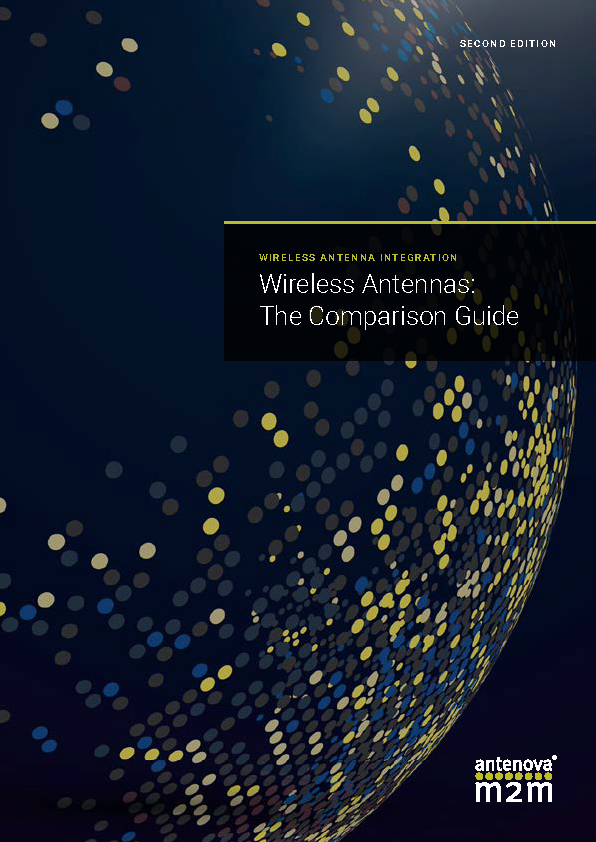We have a board with a SR4L034 antenna as well as a SR4G008, as shown below (early placement, far from final).
0402 passives, Quectel BG95-M3. Board length is 100mm.
1. The datasheet for the SR4L034 gives a rule of thumb for height clearance on components close to the antenna (8 degrees).
That is for the "top" side. What about the back side? Same or different clearance angle?
Reason for asking is that we'd like to place batteries on the back, and getting as close as possible to the antenna.
2. The SR4G008 is not at an optimal location, as it should be in the center of the PCB.
As there will be batteries on the furthest part of the PCB, (about 50mm), the antenna cannot be placed in the middle, but it could be moved quite a bit towards the center, at the cost of a long transmission line (which is now extremely short).
Would the efficiency resulting from the movement towards the center out-balance the use of a longer transmission line?
3. For future products, a PCB that is a lot shorter, is planned. Length about 40mm.
What is the most suitable antenna, similar to the SR4L034, covering the "regular" LTE Cat-M, NB-IoT (and GSM) bands in EU and USA?
4. Any other comments regarding the design are very welcome.
/Jesper
Yu Kai Yeung
Antenna Engineer at Antenova Yu Kai is an antenna expert with over 10 years of experience in the design and testing of antennas. He has experience helping customers with certification testing, combined with his knowledge of RF measurement procedures.



